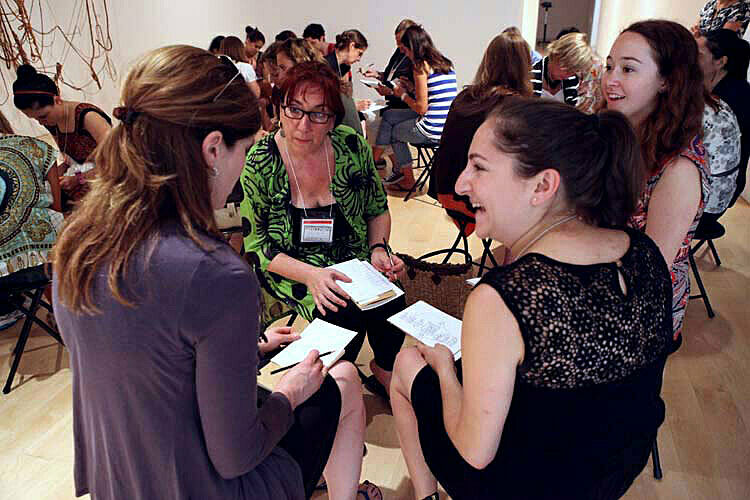Teaching Tips
THE ROLE OF INFORMATION
Whitney educators often integrate information about the art and artist during an inquiry-based discussion. We integrate information that is relevant and meaningful to the discussion while still encouraging students to share their personal and imaginative responses to an artwork. Here are some ideas to consider.
Tips
- Information can include an artist’s quote, a critic’s remark, or simply sharing the title of the artwork with students.
- The Internet offers a wealth of information about the art and artists. The Whitney’s For Teachers and For Kids web pages also provide resources and suggest related links.
- Consider introducing alternative sources of information such as videos on Art21, Artbabble, YouTube, educator blogs, and audio guides on museum websites.
- You may know a vast amount of factual and contextual information about the art and/or artist, but you will only need to reveal information that is relevant to the theme, related to the discussion, and leads to a deeper understanding of the work.
- Information about the art and artist should be skillfully folded into the discussion while still encouraging students to look closely and develop their own opinions.

